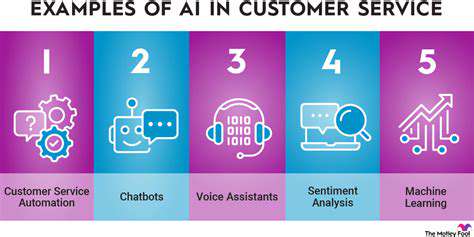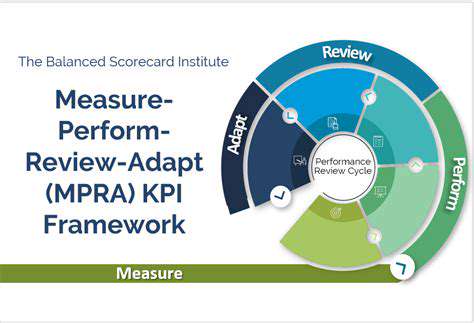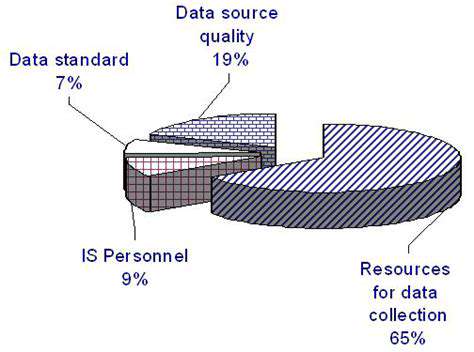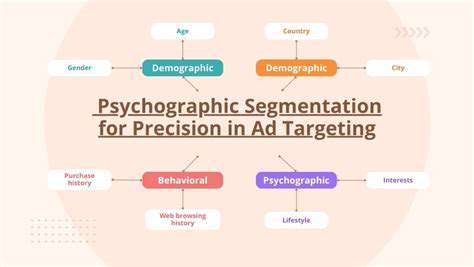Predictive Customer Lifetime Value with AI

Key Data Points for Accurate CLTV Prediction
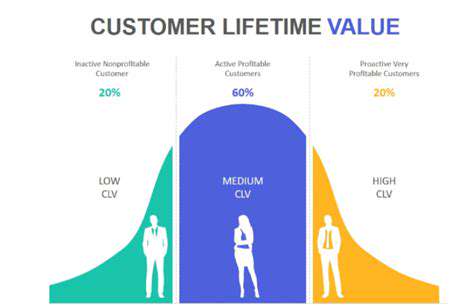
Customer Acquisition Cost (CAC)
Understanding your Customer Acquisition Cost (CAC) is crucial for accurate CLTV calculations. CAC represents the total cost incurred to acquire a new customer, encompassing marketing expenses, sales efforts, and any other related costs. A high CAC compared to CLTV suggests that your customer acquisition strategy might be inefficient, potentially requiring optimization to improve profitability.
Analyzing CAC across different marketing channels allows you to identify the most cost-effective methods for acquiring new customers. This data is vital for making informed decisions about your marketing budget allocation and channel optimization.
Customer Lifetime Value (CLTV) Segmentation
Segmenting your customer base based on various factors like demographics, purchasing behavior, and engagement levels is essential for accurate CLTV calculation. Different customer segments often exhibit varying CLTV values, which allows you to tailor your marketing and customer retention strategies to maximize value from each segment. This segmented approach helps you prioritize high-value customers and optimize resource allocation.
Average Revenue Per User (ARPU)
Average Revenue Per User (ARPU) is a key metric that reflects the average revenue generated per customer over a specific period. This metric provides valuable insights into the revenue potential of your customer base. Monitoring ARPU trends helps identify potential issues or growth opportunities and directly affects your CLTV calculations.
Considering factors like pricing strategies, product offerings, and customer churn rates when analyzing ARPU is critical for a comprehensive understanding of your business's financial health.
Customer Churn Rate
The customer churn rate is a critical indicator of customer retention. A high churn rate directly impacts CLTV as it represents the loss of revenue from customers who stop engaging with your business. Understanding the reasons behind customer churn is essential for developing effective strategies to reduce attrition and improve customer retention.
Analyzing churn rates by customer segment can reveal specific areas where improvements are needed. For example, if a particular customer segment is experiencing a high churn rate, it could indicate a need to improve the customer service experience or product quality for that segment.
Customer Engagement Metrics
Tracking customer engagement metrics, such as website visits, app usage, and interaction frequency, provides valuable insights into customer activity. A high level of engagement often correlates with a higher CLTV as it indicates that customers are actively using your products or services and are more likely to generate repeat revenue. Monitoring engagement trends helps you identify potential issues and optimize your products or services.
Customer Value and Revenue Streams
Understanding the various revenue streams your customers generate is essential for calculating CLTV. This includes recurring revenue from subscriptions, one-time purchases, and any other revenue generated from customer interactions. Analyzing the relative contribution of each revenue stream allows for a more accurate assessment of customer value.
Identifying the key drivers of customer value and revenue streams is crucial for optimizing your business model. By understanding what aspects of your offerings are most valuable to customers, you can enhance these areas to further increase CLTV.
Marketing and Sales Data
Incorporating marketing and sales data is essential for a comprehensive CLTV analysis. This includes data on marketing campaign performance, sales conversion rates, and customer journey insights. Analyzing these data points helps determine the effectiveness of marketing and sales efforts in acquiring and retaining customers.
Integrating data from various sources, including CRM systems and marketing automation platforms, provides a holistic view of customer interactions and behaviors. This data allows you to optimize your strategies to drive higher CLTV.
Read more about Predictive Customer Lifetime Value with AI
Hot Recommendations
- Personalizing Email Content with User Behavior
- Geofencing for Event Attendance Tracking
- Reputation Management on Social Media
- UGC Beyond Photos: Videos, Testimonials, and More
- The Future of Data Privacy Regulations
- Accelerated Mobile Pages (AMP) Benefits and Implementation
- The Future of CRM: AI and Voice Integration
- Google Ads Smart Bidding Strategies: Maximize Value
- Common A/B Testing Pitfalls to Avoid
- Local SEO Strategies for Small Businesses


